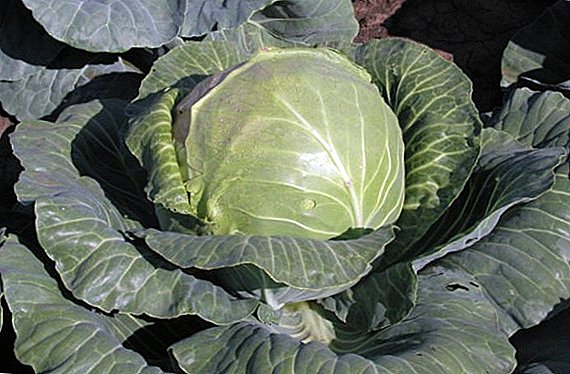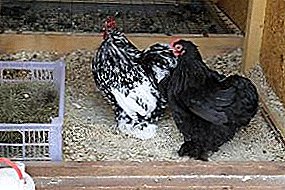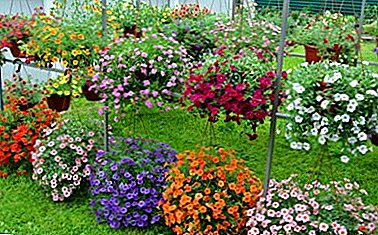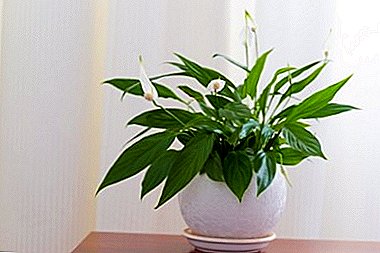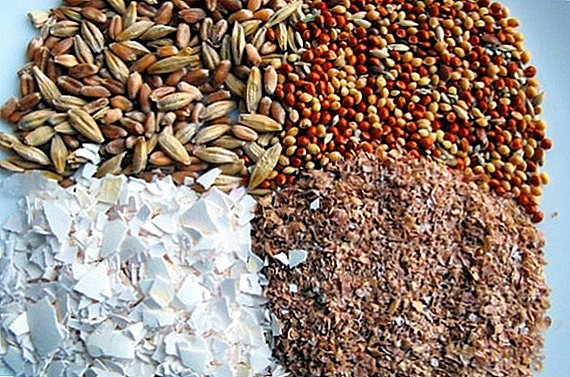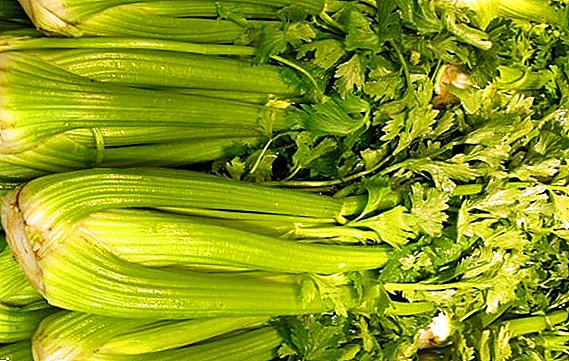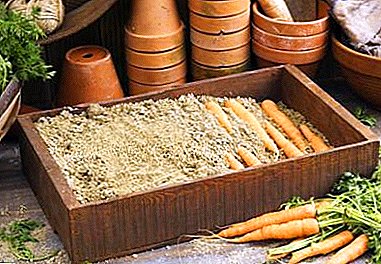
Carrots contain many beneficial vitamins and trace elements and are a regular product on our table. It is an excellent tool for maintaining good health for adults and children.
In order for carrots to benefit not only in summer, but also in winter, it is necessary to know the conditions of its laying and storage. Proper storage requires a certain temperature, humidity and ventilation mode.
Peculiarities of vegetable structure
Preparation begins in the spring, before sowing.
For planting selected seeds of those varieties that withstand long shelf life.
These varieties are bred specifically and have a property called keeping quality. On bags with seeds, this property is indicated (for more details on suitable varieties of carrots and their storage periods, read here).
But, in addition to keeping quality, there are several other factors that affect the quality and preservation of carrots in winter:
- Weather conditions in summer.
- Suitability grade for the region.
- Date of harvest.
- Ripeness level
- Compliance with storage conditions.
Late-ripening varieties are most suitable for storage in winter. with a period of ripening 110-130 days or middle-ripening, which ripen 105-120 days. Some varieties are stored in winter better than others. They are characterized by good cold resistance, are less sick and have good keeping quality. When storing do not lose their taste and useful properties.
Suitable varieties
 The most famous among them are:
The most famous among them are:
- Shantane
- Moscow winter.
- Nantes.
- Queen of autumn.
- Karlen.
- Vita Long
- Flaccore.
If you do not know the variety, or you have not saved a bag of seeds, pay attention to the shape of the root. The early ripening varieties are usually short and rounded (Parisian carrot) and have poor keeping quality.
Ways
Here are the storage methods tested by time and practice:
- in sand;
- in sawdust of coniferous trees;
- in a peel of onions and garlic;
- in bags;
- in a clay shell.
- in cans and boxes;
- in a refrigerator;
- in the ground;
- on the balcony.
The importance of proper bookmarks
The correctness of the bookmarks and the readiness of the premises in which the carrots will be laid are one of the important conditions for a long time and without loss for the winter:
- The room is prepared a month before the bookmark and start with airing and disinfection.
- Disinfection is carried out with a sulfur checker or bleach.
- 14 days after disinfection whitewash the walls.
- Copper sulphate is also added to the water with slaked lime. When whitewashing, the recommended consumption is half a liter of solution per 1m2.
In order not to rot and dry, carrots require special storage conditions:
- temperature is not lower than -1C and not higher than + 2C;
- humidity in the range of 90-95%;
- moderate ventilation.
Even with a slight change in temperature, the carrot begins to dry, rot, or germinate. Already at + 5C the germination process starts.
How to lay on the winter holding?
In the sand
 The most popular among summer residents and one of the simplest. The sand is kept at a stable temperature. Due to this, carrots do not dry out and harmful microorganisms do not develop.
The most popular among summer residents and one of the simplest. The sand is kept at a stable temperature. Due to this, carrots do not dry out and harmful microorganisms do not develop.
Bookmark for winter storage occurs sequentially:
- Storage in the sand requires wooden or plastic boxes and clay sand.
- Some water is added to the sand and then, during storage, the sand is sprayed from a spray bottle.
- The bottom of the box is covered with a layer of sand from 3 to 5 cm thick.
- Carrots are laid out in rows on the sand separately from each other.
- All this is covered with sand and a row of carrots is laid out again.
Softwood sawdust
Sawdust taken from the wood of pine or spruce. The phenolic substances contained in them do not allow the development of putrefactive bacteria and prevent the germination of carrots.
Technology bookmarks the same as in the sand. Layers of sawdust interspersed with layers of carrots. In this method, the vegetables are kept intact until the next harvest.
In bags
Storage rules in the cellar or bag:
- In plastic bags with a capacity of 5-30 kg fall asleep carrots.
- Store in a cellar on a shelf or on a stand.
- The neck of the bag is kept open.
If condensation forms on the inside surface of the bag. So the humidity level in the room is increased.
Council To prevent condensation from accumulating on the bottom, a bag is cut from below and lime is placed next to the fluff which will absorb excess moisture.
Onion Husk
In the onion peel, roots are preserved as long as in sawdust. Essential substances in the husk prevents the development of bacteria and rot.
Layers of carrots are shifted by layers of peel remaining after harvesting and peeling onions and garlic. With this method, carrots are stored until the next year's harvest.
In clay
 Carrots are also stored in a shell of dried clay. A thin layer which protects carrots from spoiling almost until the next harvest.
Carrots are also stored in a shell of dried clay. A thin layer which protects carrots from spoiling almost until the next harvest.
- Half a bucket of clay is diluted with water.
- When the clay swells, water is added to it again, and mixed. As a result, the mixture should not be thicker than sour cream.
- The bottom of the box or basket is lined with foil.
- On the foam rows laid out carrots. Vegetables should not touch each other.
- The first layer of carrots is filled with clay.
- As soon as the clay dries, the second layer is laid out and the clay is poured again.
There is another storage method. This is dipping into clay:
- The clay solution is prepared in the same way and carrots are lowered into it alternately, so that the clay covers it all.
- After that, carrots lay out to dry in a well-ventilated place.
- Then placed in boxes or baskets.
We discussed this material as to whether it is possible to wash carrots before putting it in storage.
How much can you store?
- In the refrigerator, up to 2 months.
- In plastic bags, up to 4 months.
- In the sand, up to 8 months.
- In clay, coniferous sawdust, onion peel-1 year until the next harvest.
If carrots, beets and potatoes are stored together with apples, they quickly deteriorate.
Apples, especially ripe, emit ethylene from which roots always get sick and become unsuitable for food. During winter storage, up to 30% of carrots spoil.
Extend the shelf life and avoid losses can be if you regularly sort out the crop, remove spoiled roots and cut germinating tops. With the proper conduct of all procedures related to preparing carrots for storage, you can feast on its juicy fruits all year round.


